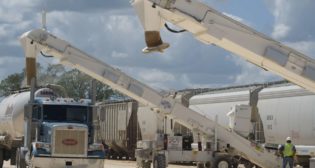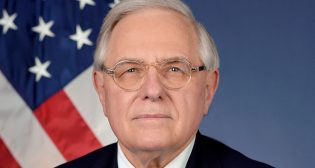
NS Completes Safety Initiative Phase 1; Phase 2 Under Way
Written by William C. Vantuono, Editor-in-Chief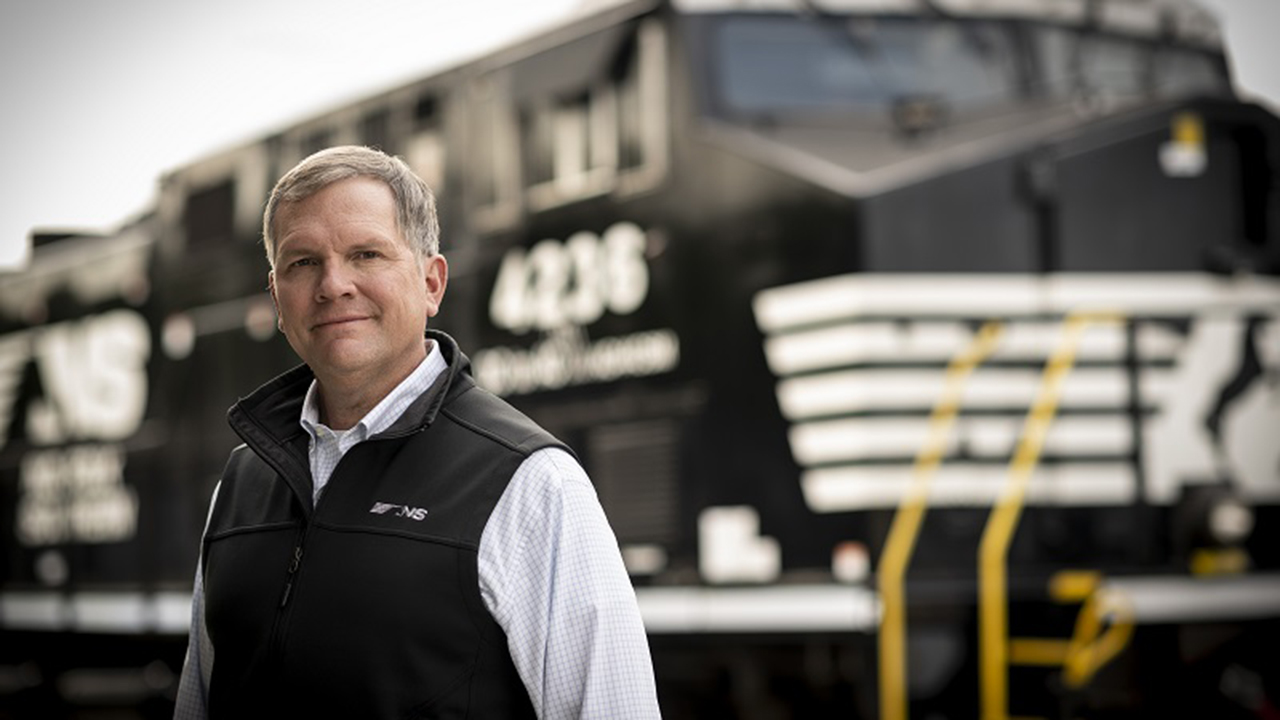
”Moving forward on building an industry-leading, safety-first operation requires everyone across our organization—from management to the craft employees who comprise the backbone of the company—to work together toward a common mission.” – Alan Shaw
Phase 1 of Norfolk Southern’s three-phase, all-encompassing safety improvement program with Atkins Nuclear Secured (ANS) is complete. Phase 2, now under way and expected to be completed by the end of October, will be followed by a third and final phase, expected to last two two three years. The expected outcomes, NS says, are “measurable improvements in the NS safety culture and safety performance, including craft railroader/supervisor/ manager/overall organization performance and engagement on safety; better organization focus on continuous improvement through implementation of a coordinated plan; identifying and working on problems while they are small in order to reduce the likelihood of problem recurrence and consequences; and strengthened organizational learning. These enhancements support NS’ objectives to be the gold standard for safety in the railroad industry, minimizing the risk of high significance events, and achieving operational excellence.”
ANS Phase 1 findings, Summary of Initial Observations, Opportunities for Improvement, and Recommendations Regarding Norfolk Southern’s Safety Culture (download below), notes that NS “is a high-performing organization, dedicated to employees, customers, and communities. For instance, the ANS Team observed outstanding leaders at all levels devoted to safety; a depth of talent across the organization; strong action and commitment following the February 2023 East Palestine, Ohio derailment; and a commitment to partnership with labor unions to improve safety culture and operational excellence. The ANS Team also identified safety ‘best practices’ that it observed, including, for example, the Safety Train process for emergency responder training and several local initiatives that the company should consider implementing companywide.”
Phase 1, ANS said, “involved reviewing documents, meeting with NS personnel at all levels (at headquarters and at 26 field locations), observing normal meetings, observing railroad operations/work in progress, touring facilities, and conducting event ‘deep-dive‘ reviews (in-depth group discussions to review accident and injury events and problem solving with personnel involved with the events to assess effectiveness).“
ANS met with representatives from 13 railroad unions, including presidents, general chairmen and local chairmen “to incorporate their perspectives,” focusing on “facility conditions, work practices, training programs, leadership measures, communication practices regarding safety culture and expectations, prior accidents, and company organization.”
ANS identified 11 “more significant areas” for improvement:
- “Improve learning and dissemination of learning from injury and accident events to reduce the potential for recurrence.”
- “Increase ownership of safety at all levels.”
- “Resolve staffing shortages, hiring issues, worker support, and worker quality of life issues.”
- “Improve supervisor workload and stress issues.”
- “Shift/balance accountability focus from primarily punishment/discipline to include more teaching/coaching.
- “Improve training and leadership development.” A
- “Improve the response process for unexpected conditions (including wayside detector activations).”
- “Improve teaming across operational departments.”
- “Improve consistency of field operations/work safety, oversight, and feedback to headquarters.”
- “Improve facility and equipment material condition.”
- “Rebuild relationships to restore worker trust, respect, and pride.”
ANS also identified 7 “additional opportunities for improvement … more focused on specific issues … not likely to be as impactful or urgently needed as the more significant opportunities for improvement”:
- “Establish an effective assessment program.”
- “Develop approaches to address safety issues created or contributed to by workers seniority rights.”
- “Re-evaluate the number and organization of field regions and divisions.”
- “Improve locomotive/train car material condition/material history usage.”
- “Railroad police force safety related concerns.”
- “Update metrics to balance focus on appropriate operational, maintenance, and safety objectives.”
- “Clearly identify applicability of specific OSHA regulations.”
Release of ANS Phase 1 findings came with a letter to all NS employees from President and CEO Alan Shaw (download below). “The initial findings from ANS are candid and unbiased, which is exactly what I asked from them,” Shaw said. “They have surfaced issues of critical importance that we need to swiftly address. The initial findings provide recommendations we can begin implementing to continue building a stronger safety culture. In many areas we are already moving forward.” Those areas are “strengthened collaboration with local labor leaders,” “enhanced post-incident continuous improvement processes,” “investing in the locations where our employees show up to work,” and “an expanded field assessment team” led by a new executive-level Vice President Field Engagement.
Q&A with Alan Shaw and Admiral Kirk Donald (Ret.)
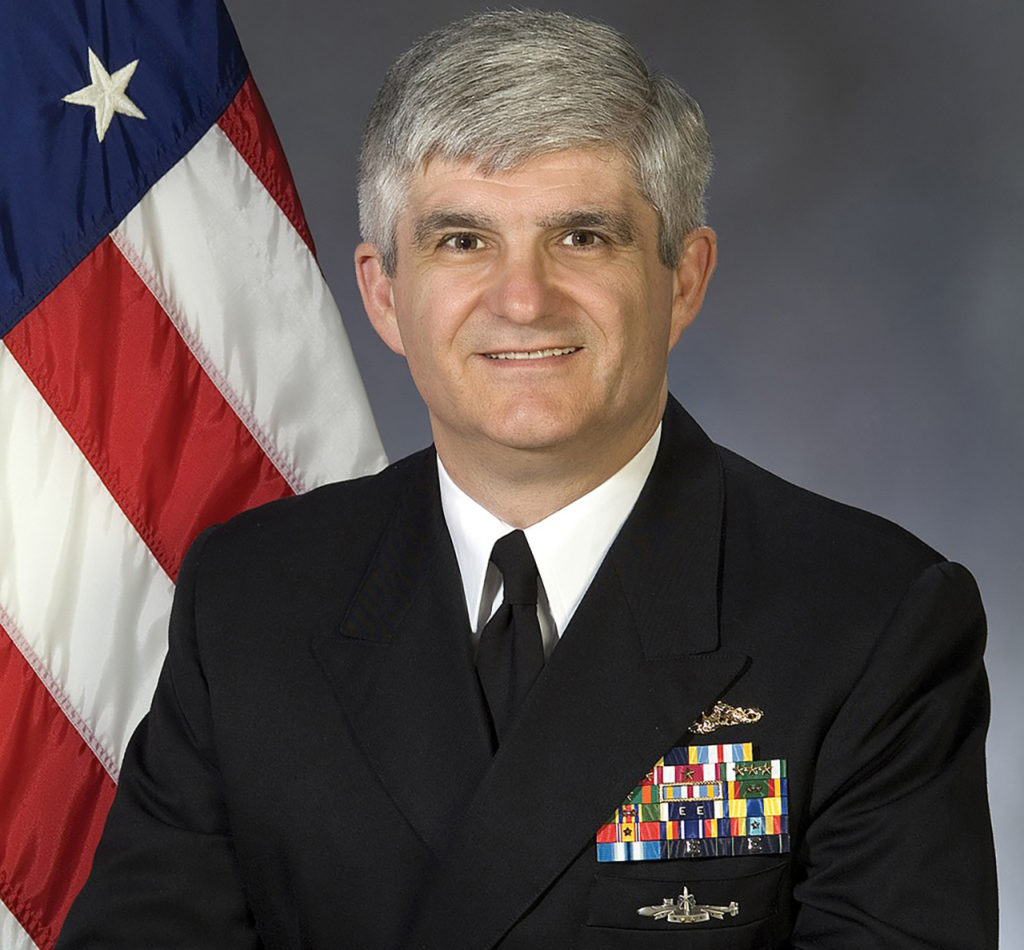
Railway Age Editor-in-Chief William C. Vantuono spoke with Alan Shaw and Admiral Kirk Donald, U.S. Navy (Retired), an independent executive consultant working with the ANS team. “Admiral Kirk,” as he is known, was responsible for the safe and effective operations of U.S. Navy nuclear-powered warships. Shaw, prior to joining NS nearly 30 years ago, was an aerospace engineer working with the U.S. Navy Nuclear Propulsion program.
RA: This report is very candid. There’s nothing sugarcoated about it.
SHAW: You and I talked previously about the reasons that that we did this and why it was so important to me to engage with Admiral Kirk and his team. One of the things I committed to Admiral Kirk when we brought him on is that he would have full independence in his work and direct access to meet with anybody at Norfolk Southern, including our craft colleagues. And then I asked him specifically to meet with the heads of our labor unions and our general chairman as well. One of the things that I’ve done throughout this process is ensure that he’s had unfettered access and received all the resources and support he needed in order to accomplish his mission and help us become the gold standard of safety in the rail industry.
ADMIRAL KIRK: This is an interesting assignment for me because, as I remind Alan, I am the son of a 45-year railroad employee and I grew up around the business. Coming back to it now is special for me. First, a little bit of insight as to how Alan and I came to find each other in this business. Through a mutual acquaintance, we all shared one common intersection in our lives. Two of us were nuclear submariners by trade at one point in time in our lives in the nuclear power program. One of us, Alan, started his career working at Newport News Shipbuilding where t they build the nation’s aircraft carriers and nuclear powered submarines. We all had an appreciation for the Naval Nuclear Propulsion program and more specifically for the fundamental principles that have contributed to what is now their 75th year of operation without a reactor accident, and welcomed globally in more than 150 different ports. Their fundamental principles are about such things as technical excellence, strong centralized leadership, rigorous quality control, high regard for the environment and safety, and finally and most important, careful selection and rigorous continuous training of people. Alan and I both acknowledge that we’re in different industries. But there is a common thread in that we both industries have unforgiving technologies, and while there’s a low probability of a significant failure, the consequences can be very, very high. The operations approach must include dealing with small things before they become big things. It requires an attention to detail and a rigorous engineering approach to ensure the margin of safety is sufficient.
Alan demonstrated to me from the very beginning that improvement was needed, and he wanted Norfolk Southern be the gold standard for safety in the railroad industry. He was committed to it, was going to put the resources to it, and was going to give us unfettered access. We got that unfettered access and the resources and absolute transparency. There are 11 people on the ANS Team connected in different ways to the Navy’s Nuclear Propulsion program. But more interestingly are the eight other individuals who are deeply experienced in program principles, organizational oversight and performance improvement, and the principles of that program, with literally hundreds of years of experience in operations, design, engineering, oversight, regulations—you name it.
Phase 1 is the assessment phase. Phase 2 is development of a road map for a program of action and milestones to implement the recommendations for improvement. Phase 3 is a two- to three-year program that Alan has endorsed and is supportive of to execute the road map over an extended period.
Phase one involved extensive interviews, document reviews, work in progress, a lot of field work, observations at all levels of the workforce, and union engagement. Our process is very similar to what we used in the Nuclear Propulsion program—to go out and evaluate our facilities and our organizations, whether they be shipyards, laboratories, training commands. We compiled a list of what we consider to be noteworthy strengths. Strong leadership was evident throughout the organization, a commitment to safety and improvement. There’s clear alignment with Alan and his senior leadership team, and partnership with the unions. From the very beginning of this effort, we saw a decisiveness about the leadership team, and a bias for action. In fact, there were many instances of things we observed that were addressed on the spot, with strong action to continue addressing them.
We found some stovepiping in the organization that appeared to be an impediment to continuous improvement of field work safety and oversight and feedback to the organization. We got into the people piece—staffing issues, supervisor workload, and training and leadership development. The final part of that is building relationships to restore worker trust, respect and pride. We did find that there were instances of supervisors who were dealing with very heavy workloads and were stretched relatively thinly compared to the number of people they were required to supervise. That led to instances where there wasn’t direct supervision, direct engagement and mentorship of craft workers that you would expect out of a supervisor. One of the fundamental principles is close supervision, oversight and training that comes through an oversight regime. What I call “kneecap to kneecap” day-to-day training of a craft worker by a supervisor could be improved. Overall, we were pleased with the outcome.
RA: If I were coming on board as a young trainee I would want somebody to be there to show me the correct way to do things, and provide guidance and support.
SHAW: You know the importance we place on the folks in the field. My first day as CEO, I was out in the field. One of the things that Kirk and his team recognized is how much the NS senior leadership team is out in the field. We have modified our conductor training and are working with our labor unions to select mentors or trainers who are veterans of their crafts to train our employees. We are training our supervisors with what we call the “Ballast Line Leadership Program” we launched earlier this year to engage in a more positive, mentoring manner with our craft colleagues. The rail industry is a wonderful job. It’s high paying, great benefits and a noble purpose, serving our customers and the U.S. economy. We want to recognize that, and we want more people to want to work for the rail industry.
One of the things important about this report is that these findings become actionable. Employee engagement is important. That’s why we issued this report with my letter to all 20,000 Norfolk Southern employees. I want them to know how important this is to me, and that we are going execute on this program, which has the full scope and authority of my office to make sure it gets done.
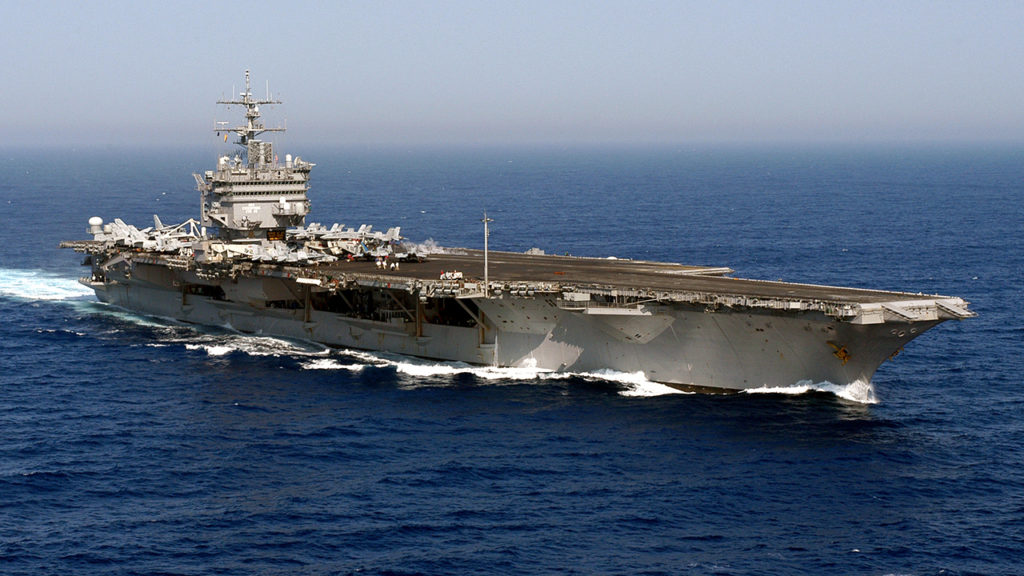
![“This record growth [in fiscal year 2024’s third quarter] is a direct result of our innovative logistic solutions during supply chain disruptions as shippers focus on diversifying their trade lanes,” Port NOLA President and CEO and New Orleans Public Belt (NOPB) CEO Brandy D. Christian said during a May 2 announcement (Port NOLA Photograph)](https://www.railwayage.com/wp-content/uploads/2024/05/portnola-315x168.png)
